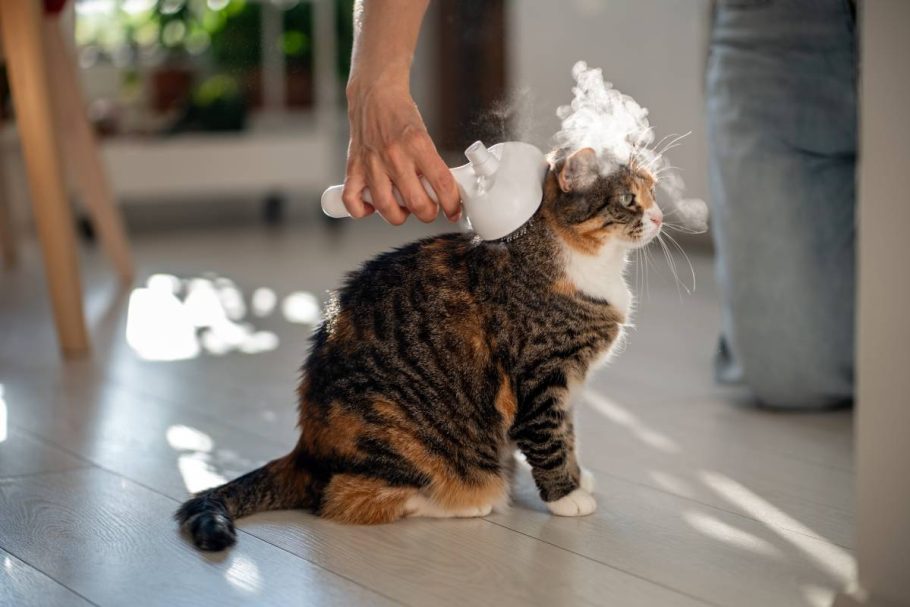Seasonal shedding in cats, its causes, and how to manage it effectively. Find helpful and practical tips on grooming, nutrition, and environmental control.
If you’ve ever noticed tufts of fur floating around your home or found yourself vacuuming more often as the seasons change, you’re not alone.
Cats, like many animals, go through a natural process called seasonal shedding a routine yet sometimes frustrating part of pet ownership.
While shedding is completely normal, understanding why it happens, what triggers it, and how to manage it can make a significant difference in your cat’s health and comfort and in keeping your home clean.
In this article, we’ll explore everything you need to know about seasonal shedding in cats and how to handle it effectively.
What Is Seasonal Shedding in Cats?
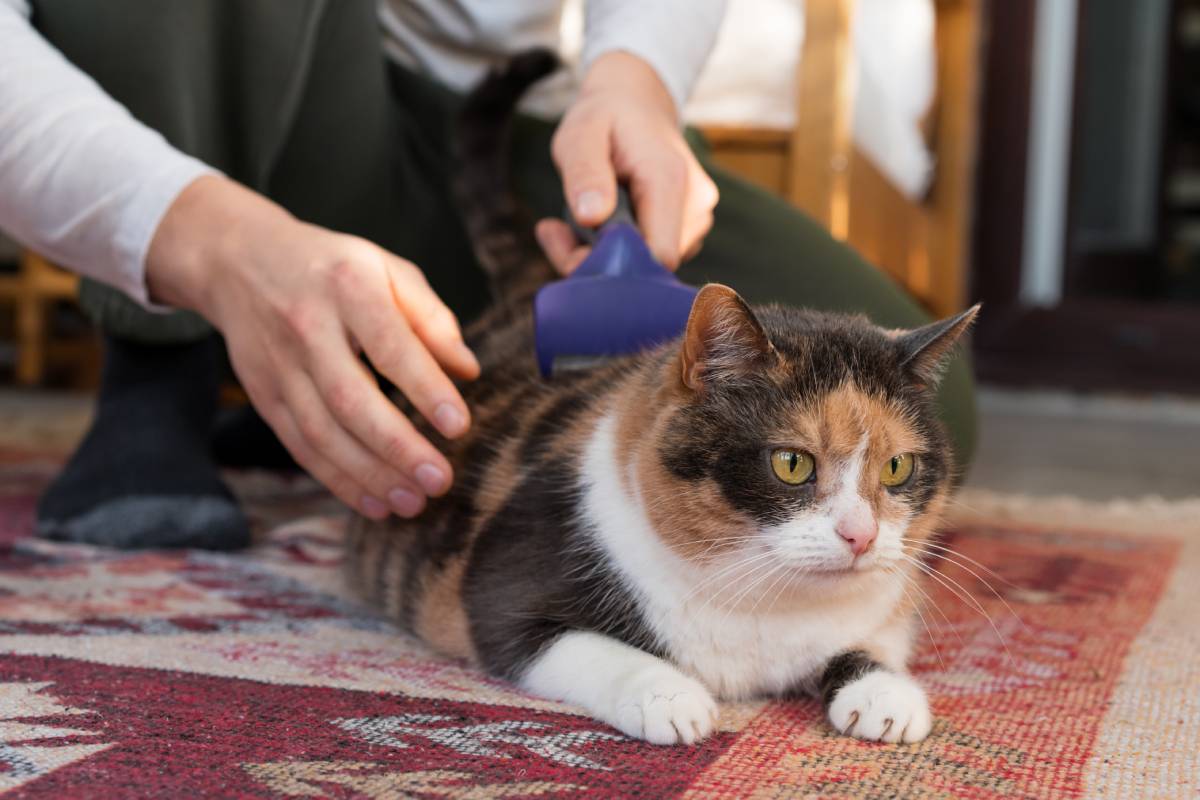
Seasonal shedding in cats refers to the natural process of fur loss that occurs in response to changes in environmental temperatures and daylight hours. It is particularly common in cats with thick or double-layered coats, although all cats shed to some extent.
In the wild, cats developed this mechanism to adapt to varying seasonal climates. During the warmer months (typically spring), cats shed their dense winter coats to stay cool. As autumn approaches, they begin to grow a thicker coat in preparation for the colder months.
This biological cycle is influenced largely by daylight exposure rather than temperature alone. That means even indoor cats, who are less exposed to natural outdoor conditions, may still go through mild shedding cycles due to the influence of ambient light in the home.
Breeds and Coat Types Matter
The amount of shedding can also vary depending on the cat’s breed and coat type. For instance:
- Long-haired breeds like the Maine Coon, Persian, and Ragdoll tend to shed more heavily, especially during seasonal changes.
- Short-haired breeds such as the British Shorthair may shed less, but still go through seasonal changes.
- Hairless breeds like the Sphynx don’t shed in the traditional sense but still release oils and require skin cleaning.
Cats that spend a lot of time outdoors are more likely to experience pronounced seasonal shedding compared to strictly indoor cats, whose exposure to light and temperature fluctuations is more controlled.
What Triggers Seasonal Shedding in Cats?
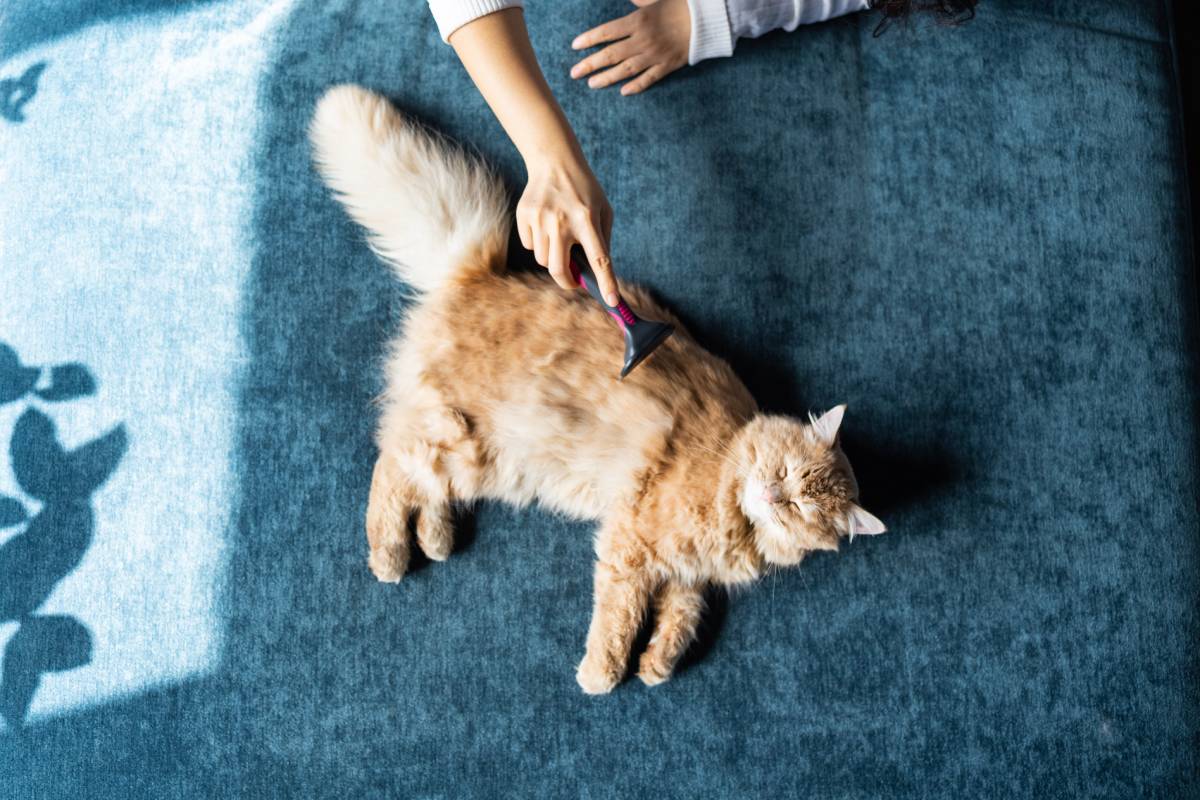
The primary trigger for seasonal shedding is the photoperiod, or the length of daylight a cat is exposed to daily. Cats’ bodies respond to longer or shorter daylight hours by adjusting their hair growth cycles. This is an ancient evolutionary trait that helps them adapt their insulation layer to changing seasons.
Key Triggers Include:
- Daylight Duration (Photoperiod):
As days get longer in spring, the feline body sheds the insulating winter coat. Conversely, shorter days in fall stimulate thicker coat growth. - Temperature Changes:
Although not the main trigger, environmental temperature changes do contribute. A warmer indoor or outdoor environment can speed up shedding, especially in spring. - Hormonal Cycles:
Hair growth and shedding are influenced by hormonal changes. Intact (non-neutered/spayed) cats may experience more variable coat changes. - Diet and Nutrition:
A poor diet lacking in essential fatty acids and nutrients can lead to abnormal shedding, though this is typically a sign of health issues rather than normal seasonal shedding. - Stress and Health:
Cats experiencing high levels of stress, illness, or skin conditions may shed more than usual. This type of shedding is not seasonal and warrants veterinary attention.
How to Manage a Cat Shedding
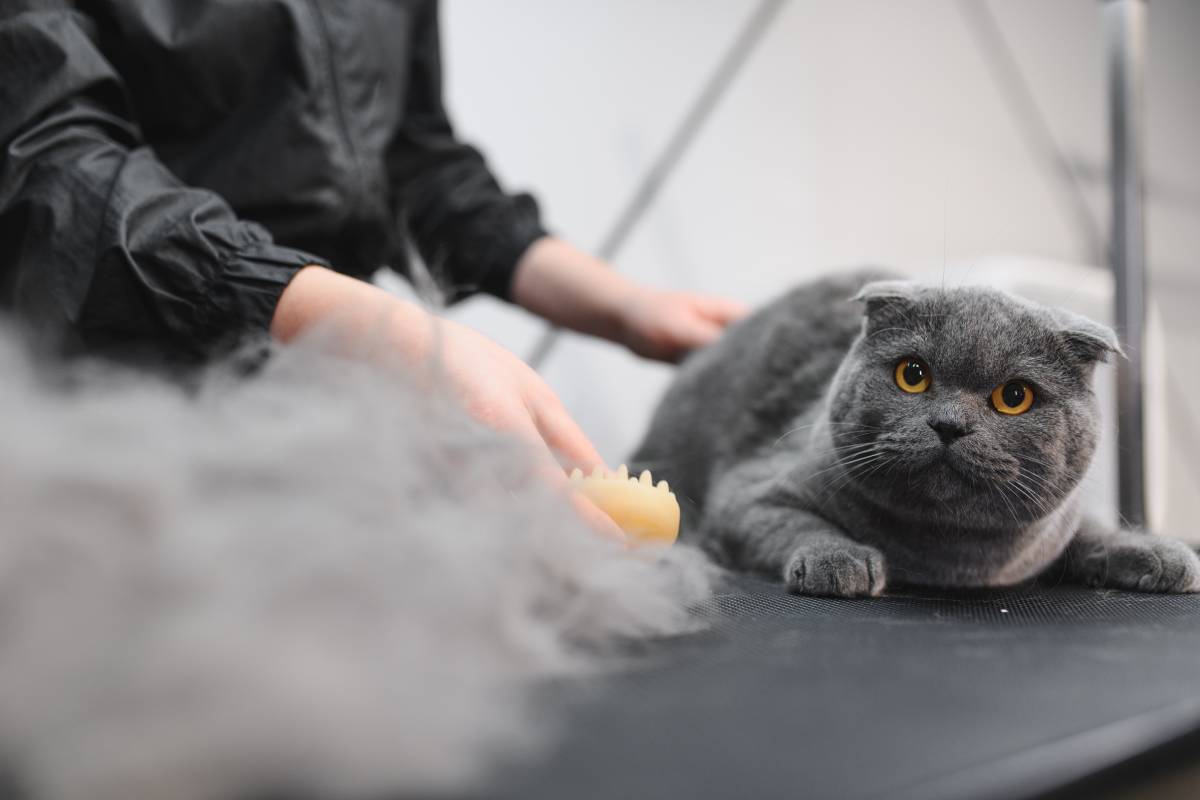
While shedding is a natural and healthy process, managing it can help minimize mess in your home and ensure your cat’s coat and skin remain in optimal condition.
1. Regular Grooming
Grooming is the most effective way to manage shedding. Brushing your cat helps remove loose fur before it ends up on your furniture or gets ingested by your cat (which can lead to hairballs).
- Short-haired cats: Brush 1–2 times a week.
- Long-haired cats: Daily brushing is ideal, especially during peak shedding seasons.
Use tools like:
- A slicker brush for detangling and removing dead fur
- A deshedding tool like the FURminator for deeper fur removal
- A grooming mitt for sensitive cats who dislike brushes
2. Proper Nutrition
Healthy skin and coat start from within. A balanced, high-quality diet with adequate protein and essential fatty acids (omega-3 and omega-6) supports hair strength and reduces excessive shedding.
Ask your vet about supplements such as:
- Fish oil
- Biotin
- Vitamin E
These may be recommended if your cat is shedding more than usual or has dry, flaky skin.
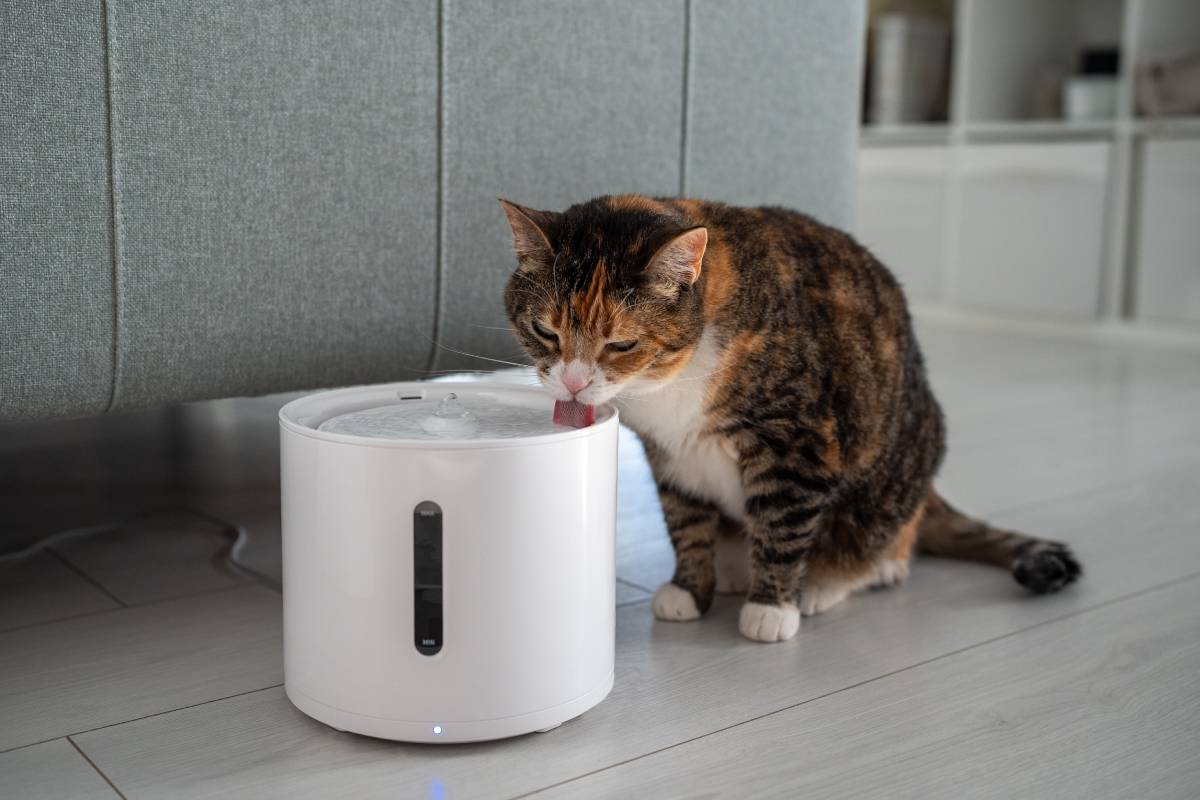
3. Hydration
Cats that are dehydrated can experience dry skin, which contributes to excessive fur loss. Make sure your cat has access to fresh water at all times. Some cats prefer running water, so a pet fountain might encourage them to drink more.
4. Environmental Control
While you can’t change the seasons, you can control aspects of your cat’s environment to minimize shedding triggers.
- Keep your home cool during summer months to prevent overheating.
- Use humidifiers in dry winter months to help keep your cat’s skin hydrated.
- Maintain a consistent lighting schedule if your cat is kept indoors — sudden changes can disrupt their shedding cycle.
5. Routine Health Checks
If shedding is excessive or accompanied by other symptoms like bald patches, itching, or skin irritation, it may indicate:
- Fleas or parasites
- Fungal infections (e.g., ringworm)
- Allergies (food or environmental)
- Hormonal imbalances (e.g., thyroid issues)
Routine vet visits can help detect and treat these conditions early. Never assume all shedding is normal, especially if it’s out of season or seems excessive.
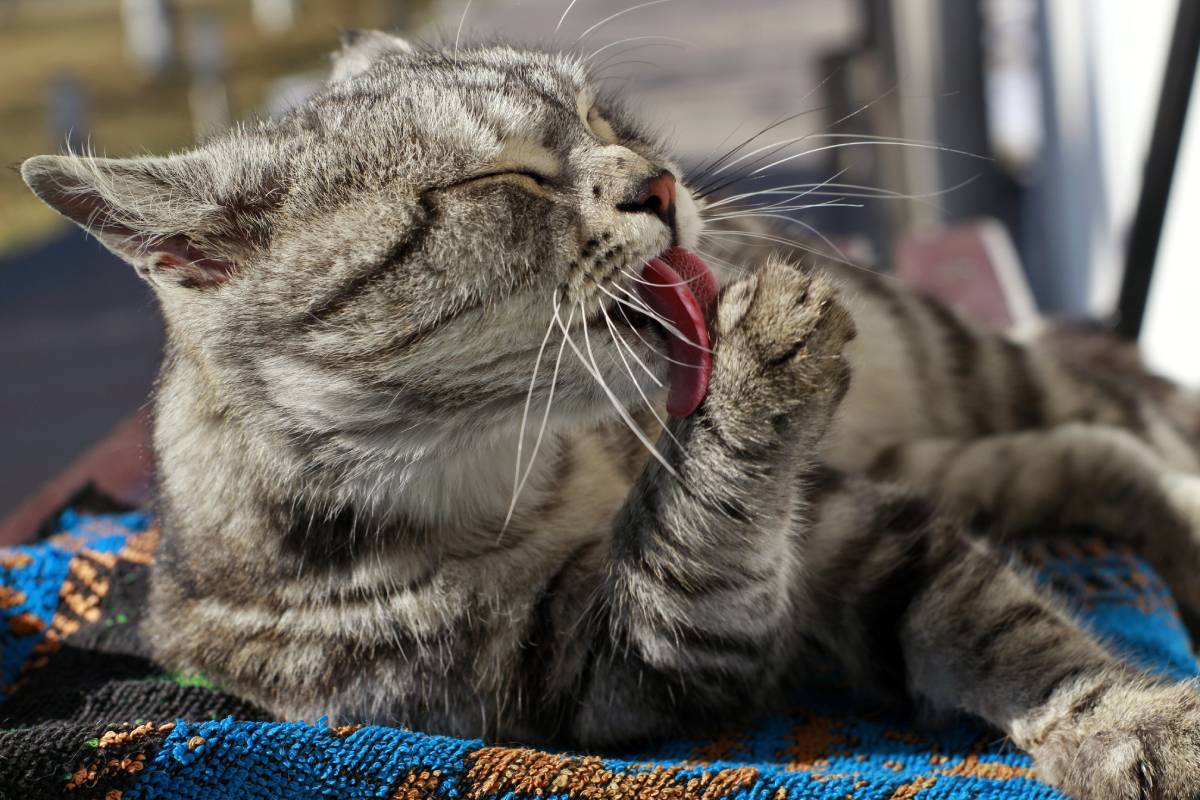
When Is Shedding a Concern?
While shedding is natural, keep an eye out for signs that may indicate a health issue:
- Bald spots or uneven fur loss
- Excessive scratching or licking
- Skin rashes or flaking
- Lethargy or changes in behavior
- Shedding that doesn’t follow seasonal patterns
If you observe any of these, consult a veterinarian to rule out medical problems.
Cat Hair vs. Hairballs
One of the side effects of excessive shedding is hairball formation. As cats groom themselves, they ingest loose hair, which can form hairballs in their digestive tract. These are typically vomited up but can cause blockages in severe cases.
To manage hairballs:
- Brush your cat regularly to reduce ingestion
- Provide hairball control cat food or treats
- Ensure your cat stays hydrated
- Ask your vet about hairball remedies if they become frequent
Single Source Protein Diet for Cats
A single source protein diet refers to a cat’s food that contains only one animal protein source, such as chicken, turkey, or fish. Many cat owners choose this type of diet to help manage food sensitivities or allergies, but it can also have an impact on shedding and overall skin and coat health. Here’s how:
- Improved Coat Health:
A high-quality, single source protein diet that’s rich in essential amino acids can contribute to a healthier coat. Proteins like chicken and fish are packed with nutrients that support skin and fur strength, helping to reduce excessive shedding that might result from nutritional deficiencies. - Reduced Allergies and Sensitivities:
For cats with food allergies or sensitivities, a single source protein diet can minimize reactions like skin irritation, itching, or inflammation, which might otherwise increase shedding. Reducing allergens in the diet helps to manage unnecessary hair loss and improve overall well-being. - Balanced Omega Fatty Acids:
Single source protein diets often contain adequate amounts of omega-3 and omega-6 fatty acids, which support the skin and coat. These essential fatty acids can help improve skin hydration, reduce dryness, and prevent excessive shedding due to dehydration or poor skin health.
Final Thoughts
Seasonal shedding in cats is a natural, evolutionary process driven largely by changes in daylight. While some shedding is unavoidable, especially during spring and fall, proper grooming, nutrition, hydration, and environmental management can help you stay ahead of the fur storm.
Knowing the difference between normal shedding and potential health issues is key to ensuring your cat remains healthy and happy and your home, a bit less hairy.
Being proactive with regular checkups and grooming routines not only reduces shedding but also strengthens the bond between you and your feline friend. With the right care, your cat can transition through the seasons comfortably and beautifully.

